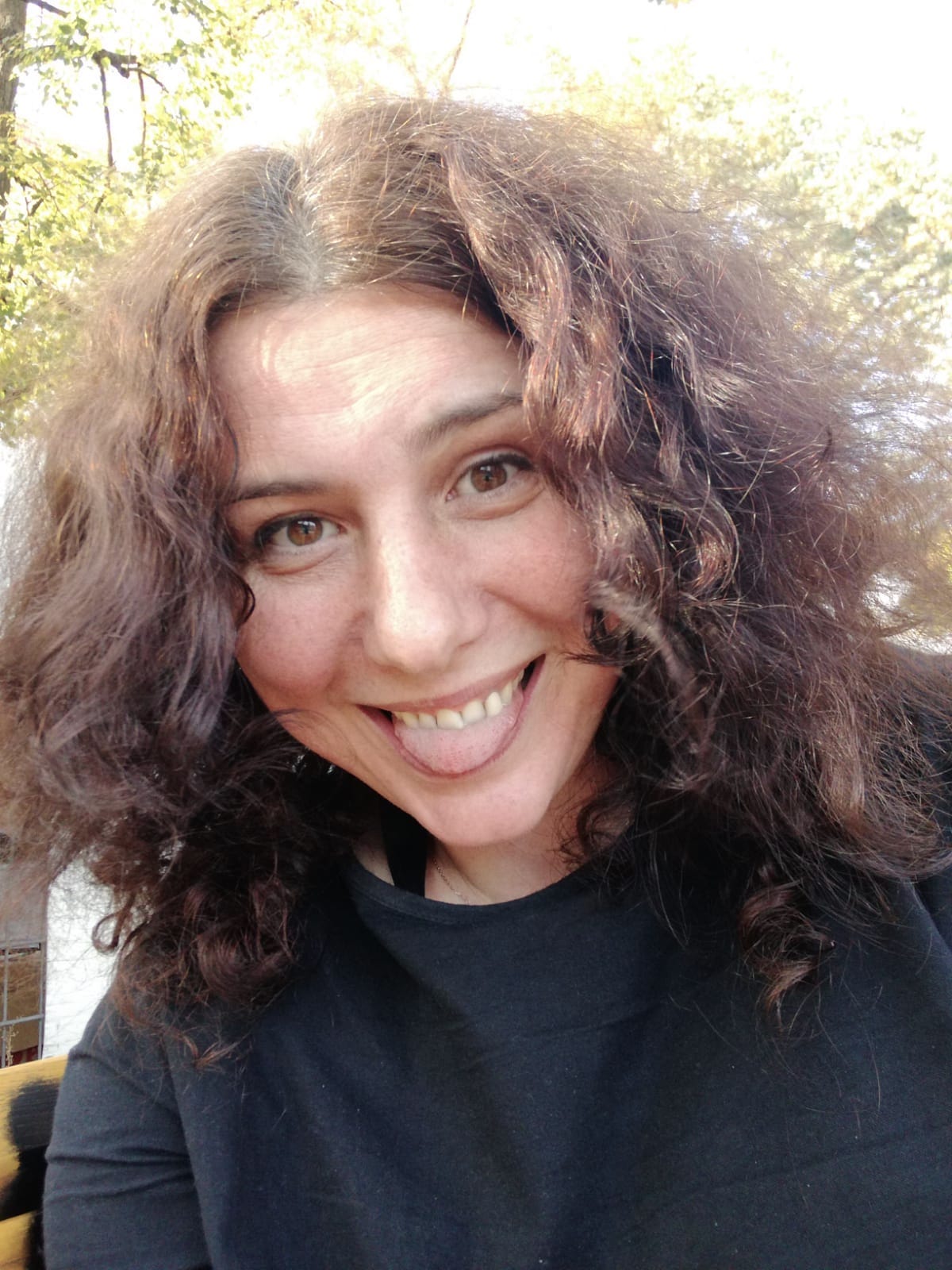COLLECTABLE STORIES: OUTSIDE
-inner.webp)
OUTSIDE
Short Talk with Izabela Plucińska (director)

Poland / 2023 / 5’00’’
BEST ANIMATION FILM Category
21st IN THE PALACE International Short Film Festival 2024
Synopsis: The film OUTSIDE tells the story of domestic violence happening every day behind closed doors. Our heroine deals with violence in a different way. The inspiration for the film was an article in a German newspaper about it titled "The numbers are scary".
Biography: Born in Poland and living in Germany, Izabela Plucińska has some thirty films to her credit. In 2005, her short Jam Session won a Silver Bear at the Berlin International Film Festival. Since then, this gifted filmmaker has enjoyed a steady stream of projects and successes.At the moment, Plucińska is working at her own production company, Clay Traces, along with her associates. Owing to her renown as an artist, she frequently leads workshops and teaches animation at universities internationally.
 Izabela Plucińska, director
Izabela Plucińska, director
In The Palace: Tell us more about the german article that inspired you to make this film.
Izabela Plucińska (director): It was during the Pandemic time in Berlin. I was shocked to read about the increase of domestic violence in Germany, but I think it is everywhere. That shocked me, I felt pain and like a kick that made me think of how we are staying at home in Berlin. For me, the Pandemic was quite nice, because we could go out in the garden to rest, we also had picnics and we drinked prosecco. It was kind of cozy and at the end of it we were a kind of community. It was quite nice in a way, but of course, we knew how extreme it was outside.
.jpg)
In The Palace: In the name of the article it says that the numbers are crazy and there are actually so many victims of domestic violence. Why do you think they stay in those types of relationships, why can't they leave?
Izabela Plucińska: They somehow can’t, it is difficult to go out. Sometimes the relationship with your abusive partner is very strong and demanding and that is why it is a very complicated process. Very individual one. The day the main character leaves is when she decides to change the situation. In her mind she takes away her partner's hands and somehow it is shocking for her. It is only symbolic, but very individually, how you want to stop your abuser. It is a process and the film is kind of a presentation of it in a kind of poetic way: how we can escape.
.jpg)
In The Palace: What is the meaning that you put behind the change of colors?
Izabela Plucińska: Red is kind of for courage and for the difficult moment she goes through: when she has to fight. The blue color is kind of relaxed, but maybe not so for relaxing, rather than wanting to come back to herself and to feel clean. We had a lot of symbolic, in what we see is that all the time she focuses on him and not on herself. She became an object, like a laundry. And I want to talk about the technique I used. It is all drawn in charcoal, directly on paper on the camera. It was very new for me, since “Outside” is my second drawn animation.
.jpg)
Author's view (Petar Penev):
Beneath a simple, DIY façade lies a raw and expressionistic exploration of domestic violence in Izabela Plucinska's film Outside.
The dark, surreal imagery, set against an aggressive red backdrop, may initially make the story feel difficult and alien. But what if this is intentional—to show that violence itself is something we cannot relate to? By presenting it in this way, the film reflects how violence is experienced from the perspective of the abused.
The images feel loud for a topic that we rarely discuss, and only recently have we started to explore it more deeply in film. This lack of dialogue is emphasized further by the fact that the film has no spoken words at all.
Although the film ends on a seemingly positive note with the protagonist's escape, the filmmaker makes it clear that the problem is much larger and cannot be solved through individual cases alone. This is how the conversation begins.






